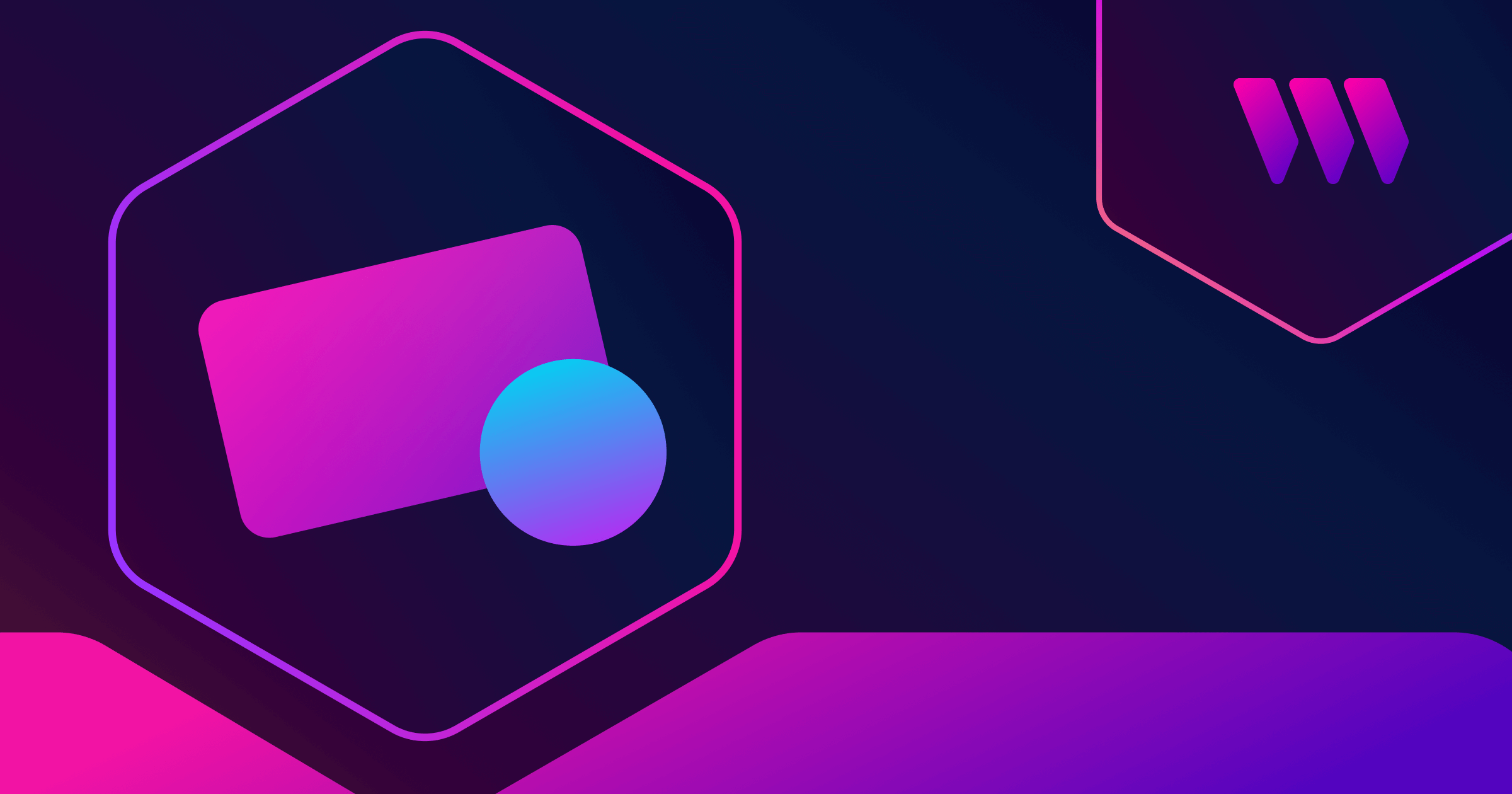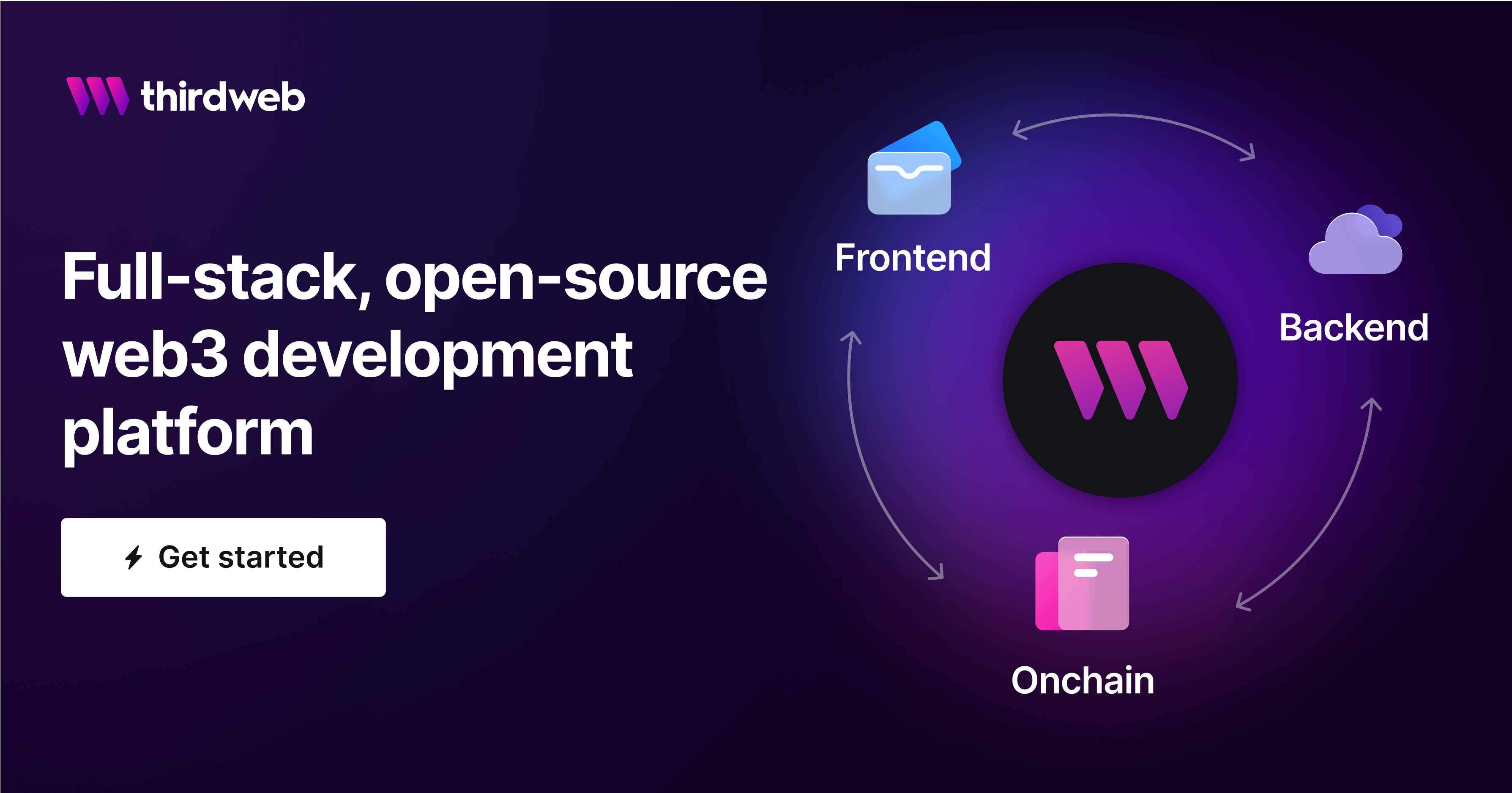What is Wallet-as-a-Service?

Web3 adoption is accelerating with both cryptocurrency or web3-native companies and web2 brands launching products and experiences that employ web3 components like NFTs, DeFi, or metaverse. However, the onboarding experience to web3 is still daunting, and a critical reason is the complexity of crypto wallets.
From seed phrases to needing multiple wallets for different blockchains, the user experience could be better on multiple fronts. This friction is a direct threat to adoption.
Wallets-as-a-service solutions aim to solve this by enabling brands to integrate user-friendly cryptocurrency wallets into their platforms easily.
In this article, we'll learn more about these solutions and look at how they simplify web3 onboarding.
What is a Wallet-as-a-Service (WaaS)?
Wallets-as-a-Service (WaaS) refers to solutions that provide ready-made cryptocurrency wallet integration for applications and platforms. By opting for WaaS, companies bypass key management, security, and infrastructure complexities yet have a fully functional wallet for their users.
WaaS providers also ensure enterprise-grade security and compliance with financial regulations. This way, businesses can focus on their core offerings rather than worrying about such nuances.
Overall, the integration with a WaaS solution accelerates the time-to-market and provides transaction capabilities and digital asset storage to end users.
Core components of a Wallet-as-a-Service provider
Here's a breakdown of the core components of a Wallet-as-a-Service (WaaS) provider:
API integration
API integration connects the WaaS platform and the business' existing systems or third-party services. APIs facilitate a wide range of functionalities:
- Wallet operations: Enables wallet creation, transactions (payments, transfers, exchanges), and real-time balance checks via API calls.
- Customization & flexibility: APIs allow businesses to tailor the wallet experience (UI, loyalty programs, features) to fit their specific needs.
- Scalability: APIs support growth, handling increased transaction volumes and users without major infrastructure overhauls.
Backend infrastructure
The backend infrastructure of Wallet as a Service (WaaS) providers is designed to ensure the seamless operation, security, and scalability of digital wallet services.
- Database management: WaaS systems utilize secure, high-performance databases to store user data, transaction records, and wallet balances. These are optimized for quick access and transaction processing.
- Transaction processing engine: This core component handles transaction initiation, monitoring, and status updates on the blockchain. It may also offer fee estimation and security features like address whitelisting.
- Security and compliance: WaaS platforms prioritize security with encryption and multi-factor authentication features and provide tools to comply with AML/KYC regulations.
User interface (UI)
WaaS providers often offer customizable UI templates and components that businesses can tailor to match user expectations.
- Brand alignment: WaaS providers offer customizable UIs, allowing businesses to integrate their wallets with their overall brand identity (colors, logos, fonts).
- Tailored user journeys: WaaS platforms give the flexibility to design user experiences that match the needs of different target audiences.
Different wallet types offered by WaaS providers
Wallets as a Service (WaaS) platforms typically offer a variety of web3 wallets as part of their services to cater to different needs and use cases.
These wallets can be broadly classified into:
- Custodial wallets, where a third party manages private keys, simplify the user experience. These are often used by exchanges or applications (like the Starbucks Odyssey loyalty program) where direct key management is optional for the user.
- Non-custodial wallets give users more control over their funds. These can be used to access DeFi platforms, NFT marketplaces, web3 games, and more. User autonomy, privacy, and control over assets are the priorities here.
Diving deeper into non-custodial wallets, there are a few types that most WaaS providers offer:
Smart wallets
A smart wallet is a digital wallet managed by a smart contract (following the ERC-4337 specification) instead of being controlled solely by a private key like in an Externally Owned Account or EOA.
It offers enhanced security, recovery options, and programmable transactions for users.
Benefits:
- No Private keys or seed phrases: Eliminates the risk of losing access due to forgotten keys or phrases.
- Social & multi-sig recovery: Allows wallet recovery through trusted contacts or multi-signature setups, enhancing security..
- Programmability: Smart wallets can be customized with smart contract capabilities, allowing for automatic transactions.
Embedded wallets
Embedded wallets are digital wallets built directly into applications. They allow users to manage their assets and interact with the blockchain without switching between apps or websites.
Benefits:
- Simplified user experience: Embedded wallets allow users to log in using familiar methods from multiple devices without additional passwords.
- Enhanced security: They offer advanced security features, including multi-factor authentication and improved account recovery options.
- Gasless transactions: Projects and protocols can sponsor gas fees on users' behalf, creating a seamless and welcoming user experience.
Multi-sig wallets
A multi-sig (multi-signature) wallet is a smart contract wallet that enhances security by requiring multiple approvals to execute transactions.
These wallets ensure that no single individual has unilateral control over the wallet's assets, making it ideal for collaborative financial management and reducing the risk of unauthorized access.
Benefits:
- Enhanced security: Multisig wallets significantly reduce the risk of theft, unauthorized access, and single points of failure.
- Flexible access control: Multisig wallets allow for customizable approval schemes, enabling users to set specific rules for transaction approvals based on their unique needs.
Multi-party computation wallets
An MPC (Multi-Party Computation) wallet is a smart contract wallet that uses cryptographic techniques to split a private key into multiple shares and distribute it among various parties. It makes it harder for unauthorized users to compromise the wallet as it ensures that no single entity can access the complete key.
Benefits:
- Advanced access control: Allows for granular permission settings and roles among participants, enhancing the wallet's security and operational efficiency.
- Flexibility and control: Supports complex transaction requirements and can be adapted to various use cases, from organizational asset management to escrow services.
- Chain-agnostic: Works across all EVM-compatible blockchains, offering versatility in application and integration.
Simply put, the core difference between multi-sig and MPC wallets is how the private keys are managed. Multi-sig wallets have multiple private keys for an account; a pre-defined number is needed for a transaction. In an MPC wallet, a single private key is sharded and distributed amongst different parties.
Simplify web3 onboarding with Thirdweb's Connect
Thirdweb's Wallet-as-a-Service solution (WaaS) offers a comprehensive toolkit that simplifies the onboarding process for users and makes dApps accessible to everyone regardless of their familiarity with web3 technologies. Here's how:
- Instant user onboarding: Connect allows users to onboard with just an email, phone number, or social media account. This feature significantly lowers the entry barrier to web3 applications
- Customizability: Offers extensive customization options, allowing developers to tailor the wallet experience to fit their application or game's specific needs and branding.
- Built-in authentication: Incorporates built-in authentication mechanisms, enabling users to easily onboard and authenticate using familiar methods such as email, phone numbers, or social media accounts.
- Powerful hooks: Features a set of powerful hooks allowing efficient interaction with blockchain data and transactions, streamlining the development process.
- Account abstraction made simple: Simplifies account abstraction, making it easier for users to interact with blockchain applications without understanding the underlying technical complexities.
The future of WaaS solutions
By offering intuitive user interfaces, flexibility, and robust security, WaaS solutions pave the way for the widespread adoption of decentralized applications. This positions them as a crucial component of a tech stack that ensures smooth and enjoyable experiences.

We hope this blog helped you understand WaaS solutions. If you have any questions, join 40,000+ other builders in our Discord community — or reach out to the team directly for more info on how to get started with integrating wallets into your application
And if you want to create a web3 wallet for your application right away, get started with thirdweb's web3 tools & SDKs — they're free!